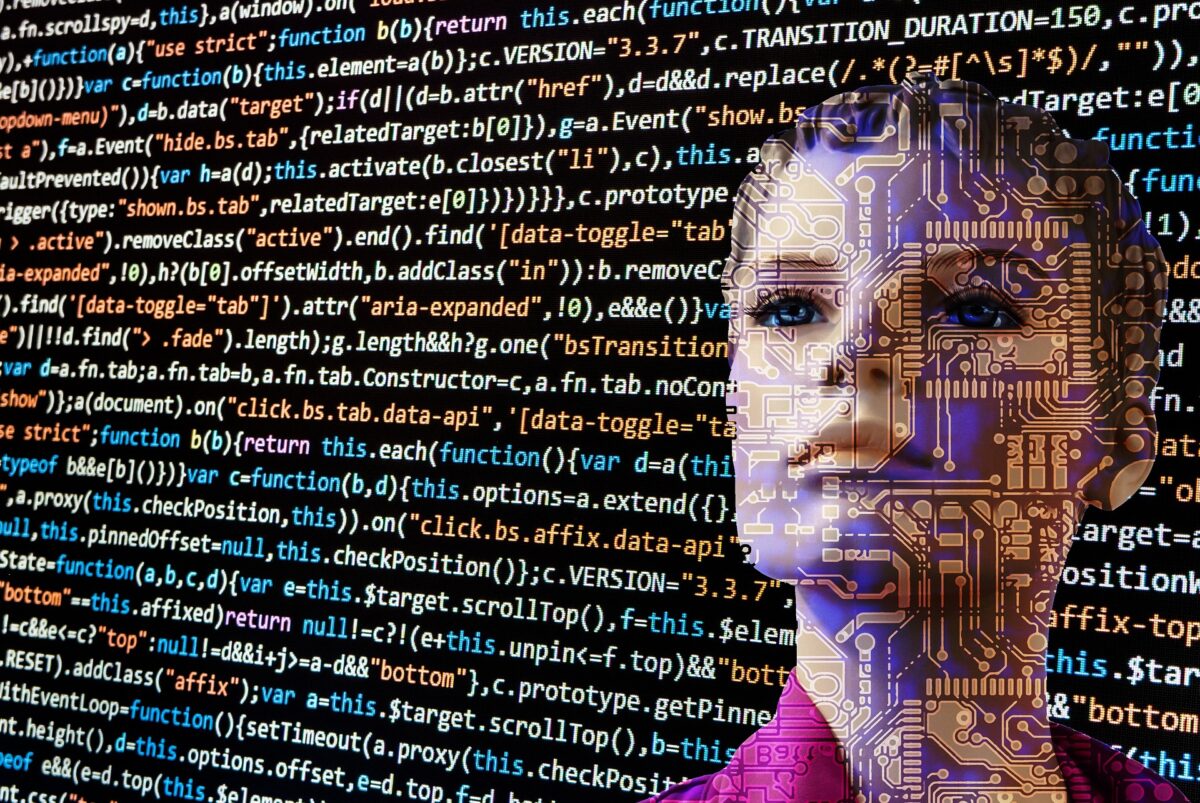
The State of Connecticut recently launched a task force to regulate the use of artificial intelligence (AI) and to gain a better understanding of the technology. The AI Task Force, created by Senate Bill 1103 from this past September, recently held its fourth meeting as a public forum at Yale University.
The forum included presentations on how AI can speed everything from job training programs to the detection of life-threatening cardiovascular issues, and how Connecticut businesses are implementing them. Several panel discussions examined potential concerns and implications for specific industries. The forum came ahead of the Dec. 31, 2023, publication of an inventory of every AI application currently in use by the state, to be followed by the implementation of internal rules and policies by early February.
“We created the Connecticut AI taskforce to look at making recommendations for regulating state use of AI, regulations for private use of AI, as well as how to encourage the growth of AI businesses in Connecticut,” said task force co-chairman State Senator James Maroney, a Democrat representing District 14.
Maroney emphasized the importance of growing the industry safely and effectively, but noted it has exciting prospects for the health-tech industry.
Dr. Mike Crair, vice provost for research at Yale University, said that AI and data science had long been known to the university as a future frontier for medical research.
“At Yale University we are making historic investments in Data Science and artificial Intelligence,” Crair said. “Data science and AI were identified many years ago by our now Provost Scott Strobel as one of the main foci for the university’s strategic investment.”
Crair noted several medical and science departments were benefiting from the hiring of new faculty, construction of new facilities, and building out of infrastructure for the university’s AI research. The implications range from astrophysics to improving engineering projects at the microscopic level.
Josh Geballe, manager of Yale Ventures, also praised the university’s investments but highlighted that the technology is already an economic powerhouse.
“What’s really exciting in the area of AI right now is we’re seeing all of this growth,” Geballe said. “Now with an increasing number of startups that are launching or will be launching in the next year or so at the intersection of AI and life sciences.”
Also speaking during the forum was David Ferrucci, who led the team that built the IBM Watson supercomputer when the machine competed on the game show “Jeopardy” in 2011. Ferrucci, who is currently the president, CEO, and chief scientist at Elemental Cognition, explained the underlying mechanisms of AI technology by detailing how AI systems reach conclusions in ways that operate on their own logic and can be difficult for humans to understand. He illustrated this by displaying a picture of a cat which an AI described as a “Persian Cat” with 87% confidence. He then displayed a version of the same picture but with subtle alterations to the pixels. Humans have a hard time perceiving any difference between the pictures, but the changes caused the same AI to label the second picture as a toaster with 90% certainty.
“That isn’t to say that AI image recognition is not good,” Ferrucci explained, noting that AI take very different paths to reach the same destinations which can be an important consideration in employing the technology. “It’s super good. It’s better in general than humans, and even faster. But the mistake implies a very different model for determining what makes a Persian Cat.”
Arvind Krishna, CEO and chairman at Armonk-based IBM, gave the keynote address.
“AI could produce four and a half trillion dollars of productivity on a global level by 2030 on an annual basis,” Krishna said. “If we think about it that’s unlocking 5% [of global productivity]. If you think about that impact on society, the state, the economy, I think there is very little else that can compare.”
Krishna said that AI could drive a 30% to 50% growth in the productivity of paperwork-heavy operations. He predicted that the technology could reduce the bureaucratic hassles of many processes and also speed response times from agencies that currently face months of backlogs. He pointed to IBM’s own work with the Veteran’s Administration which resulted in reduced wait times for pensions and benefits filings.
Krishna described the possibility of digital workers augmenting human workers, enabling programmers to code more quickly or people without training to develop applications that improve their own workflows. In all, Krishna depicted mastering AI as a challenging but surmountable task that can have a major positive impact, with highly unlikely worst-case scenarios.
“All that being said, there are a lot of fears around if AI is going to displace people, is it potentially going to harm us,” Krishna allowed. “I would say, to use a phrase from one of my favorite authors, Tom Clancy ‘we should worry about the clear and present dangers,’ and those are much more around misinformation and the ‘hallucinations’ that David [Ferrucci] talked about. I think the prospects of it trying to take over and become autonomous are really much more far fetched and not within reason of what we have invented thus far





















